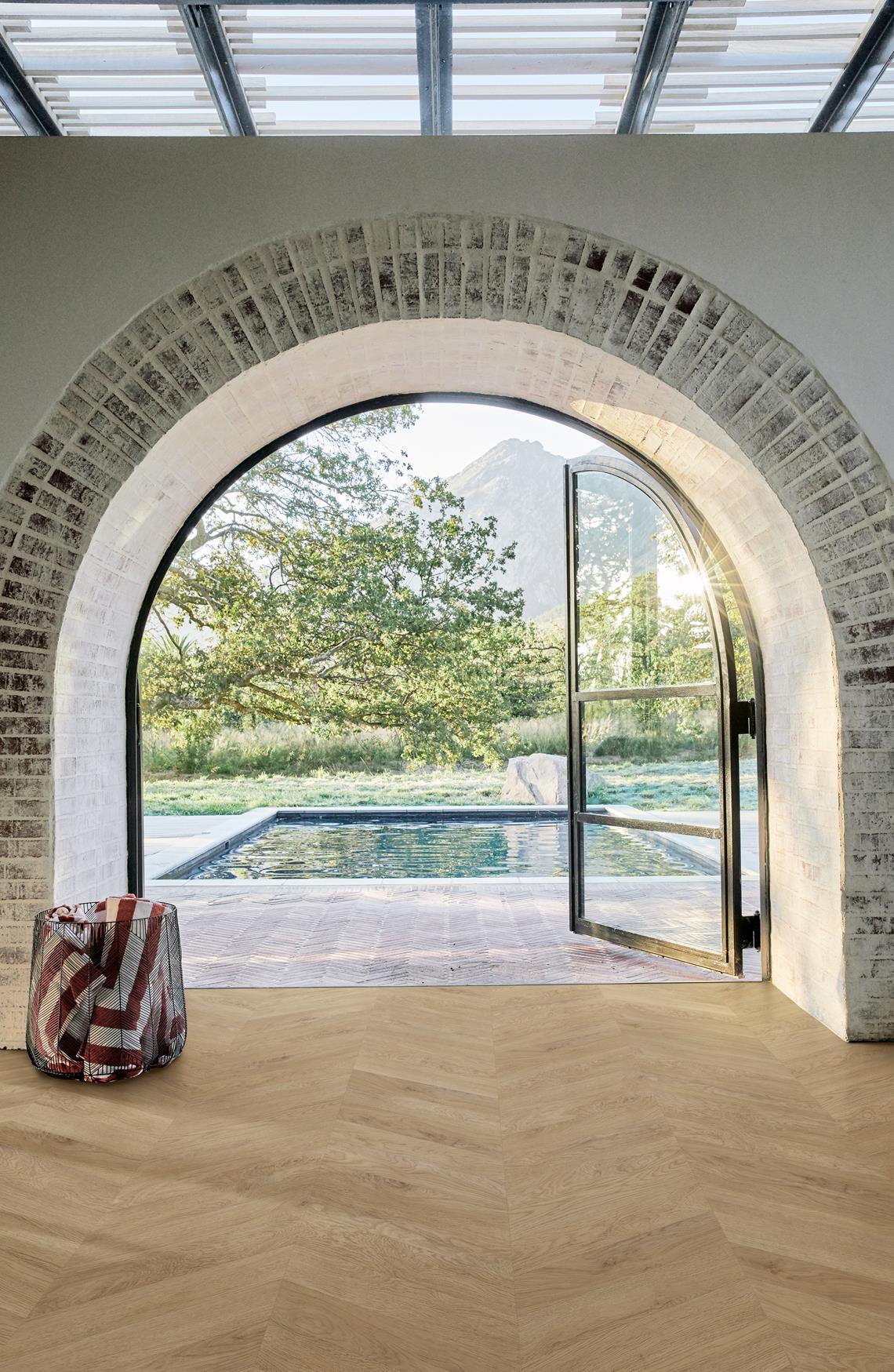
Author, Written by: Bledy (Installation Expert and Technical Writer)
Click vinyl flooring—also known as LVT or LVP—is one of the most DIY-friendly flooring options available today. With its easy locking system, water resistance, and stylish wood or tile looks, it’s no wonder so many homeowners are choosing to install it themselves.
But while click vinyl is forgiving, a few common mistakes can lead to gaps, warping, or premature wear. If you’re planning a weekend flooring project, read on to learn the top DIY mistakes to avoid when laying click vinyl flooring, and how to get it right the first time.
1. Skipping Subfloor Prep 🔧
The mistake: Installing click vinyl over a dirty, uneven, or damp subfloor.
Even though click vinyl is known for being flexible, it still needs a clean, level foundation.
What to do instead:
✔ Sweep and vacuum thoroughly before installation
✔ Use a straightedge to check for dips or high spots
✔ Fill in low areas with levelling compound if needed
✔ Ensure subfloor moisture is within manufacturer limits (especially on concrete)
🧠 Why it matters: An uneven subfloor can cause the planks to flex, shift, or eventually come apart at the seams.
2. Not Allowing the Flooring to Acclimate 🌡️
The mistake: Installing the planks straight out of the box.
Vinyl needs time to adjust to the temperature and humidity of the room.
What to do instead:
✔ Leave the flooring in the room (flat and unopened) for at least 24–48 hours
✔ Keep the room at a consistent temperature—ideally between 18–27°C (65–80°F)
📦 Why it matters: Skipping acclimation can lead to expansion or contraction after installation, causing buckling or gaps.
3. Laying Planks Too Tightly Against Walls 🚫🧱
The mistake: Not leaving expansion gaps around the perimeter.
Click vinyl flooring needs space to expand and contract, just like wood or laminate.
What to do instead:
✔ Leave at least 5–10 mm gap between the flooring and all walls, cabinets, or fixed objects
✔ Use spacers along the perimeter during installation
✔ Cover the gaps later with skirting boards or trim
📐 Why it matters: Without space to move, your floor can buckle or lift when temperatures fluctuate.
4. Starting Without a Straight First Row 📏
The mistake: Not checking if the first row is aligned with the longest wall or the room layout.
Everything builds from that first row—if it’s crooked, your whole floor could end up skewed.
What to do instead:
✔ Use a chalk line or laser level to mark a straight guide
✔ Dry-lay a few rows to see how the layout fits
✔ Trim the first row if needed for symmetry
🎯 Why it matters: A straight first row means easier locking, tighter seams, and a professional finish.
5. Ignoring the Click Mechanism's Angle 🔄
The mistake: Forcing the planks together without following the angle-lock method.
Click systems are designed to lock at a specific angle—if done incorrectly, joints won’t sit flush.
What to do instead:
✔ Read the manufacturer’s instructions for the exact locking method
✔ Insert the long side of the plank at the correct angle before lowering and locking the short side
✔ Use a tapping block or rubber mallet if recommended—never hammer the planks directly
🔧 Why it matters: Improper locking can lead to open seams, squeaks, or joint damage over time.
6. Forgetting to Stagger the Planks 🪵
The mistake: Installing planks in a uniform pattern without staggering the seams.
This not only looks unnatural—it also weakens the structure.
What to do instead:
✔ Stagger plank ends by at least 15–30 cm (6–12 inches)
✔ Alternate short and long pieces to avoid repeating patterns
✔ Plan your layout ahead to reduce waste
🧩 Why it matters: Staggering strengthens the floor and gives a more realistic, natural look.
7. Not Finishing with the Right Trims & Transitions 🎯
The mistake: Skipping finishing details or using the wrong accessories.
Proper finishing gives your floor a polished, professional look and protects the expansion gaps.
What to do instead:
✔ Use matching transition strips between rooms or floor types
✔ Reinstall skirting boards or add quarter-round trim to cover edges
✔ Use caulk or sealant only if recommended for the product
✨ Why it matters: These small details protect the edges of your floor and complete the overall look.
Get It Right From the First Click
Click vinyl flooring is a fantastic DIY option—but like any home project, a little planning goes a long way. Avoiding these common mistakes will help you achieve a flawless finish that lasts for years.
✨ Need help picking the right click vinyl for your space? We’re here to guide you through product selection, installation tips, and everything in between.
About Author:
Bledy is a flooring installation expert with over 15 years of experience. He writes easy-to-follow guides and tips to help homeowners and professionals with flooring projects.
